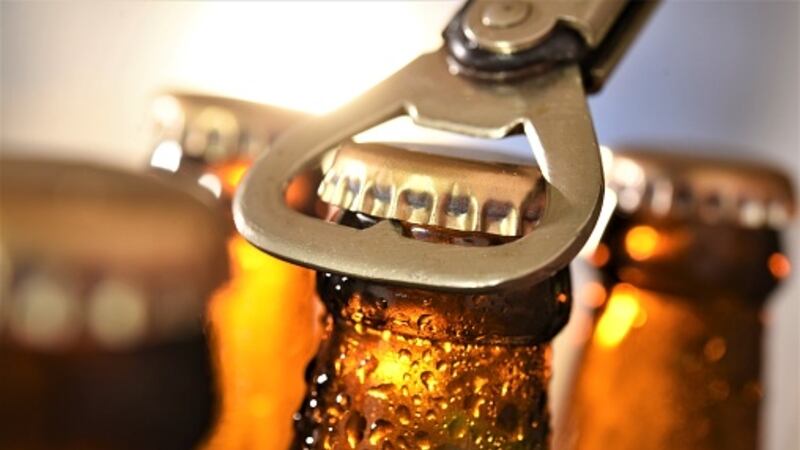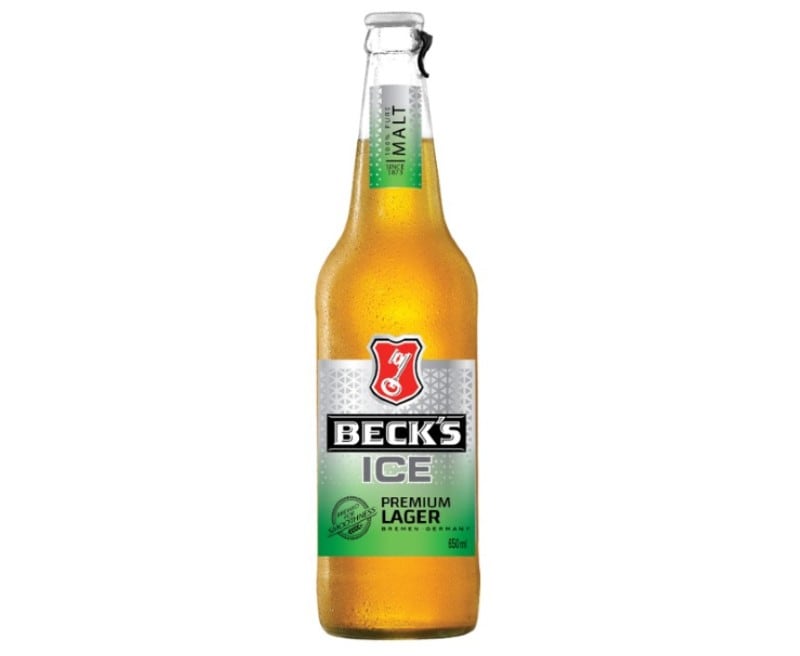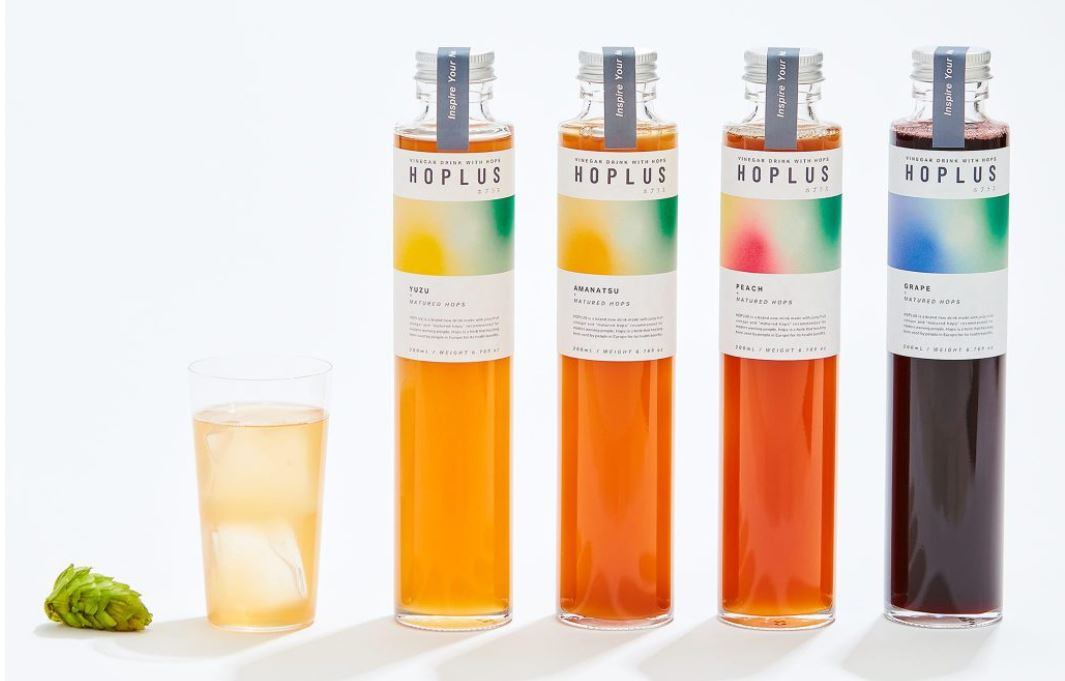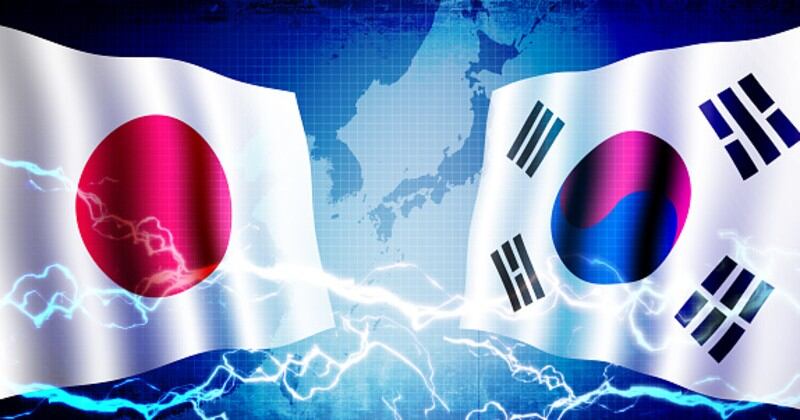The country is looking to standardise the taxation imposed on the three main beer segments in Japan: Regular traditional beer (50% malt or more) which is currently being taxed more than the others, Happoshu (low-malt beers with less than 25% malt content) and New genre beer (non-malt beers, uses peas or corn, also known as Third beer).
The end-goal here is to unify the taxes for all three categories over the course of five years until October 2026 to reach a ‘flat rate’ of JPY54.25 (US$0.52) per 350ml.
Japan’s National Tax Agency initiated the implementation of this strategy in October 2020, rolling out the first stage of its plan which was to reduce the taxation on regular beer from JPY77 (US$0.74) to JPY70 (US$0.67) per 350ml. New genre beers saw an increase of JPY9.8 (US$0.094) from JPY28 (US$0.27) to JPY37.80 (US$0.36) per 350ml, whereas happoshu stayed the same for now.
According to market analysis firm Fitch Solutions, more revisions are expected come October 2023 and October 2026, moving towards the conversion of tax rates for all three categories.
More crucially, this tax unification is expected to have the important impact of spurring new, more widespread innovation across the entire Japanese beer market.
“Historically, Japanese brewers have brewed happōshu and new genre beers to avoid the steep tax brackets placed on regular beer [pushing] the development and successful commercialisation of beer-like beverages with lower malt content,” Fitch Solutions Food and Drink Analyst Brice Dunlop said.
“The standardisation of tax rates, [however] will lead to manufacturers shifting their focus from developing products that have lower tax, exploring opportunities for innovation across all categories.”
Local beer brewery giants Kirin and Sapporo have also taken the same view, believing that this tax unification will serve as a push forward to expand opportunities for all the categories.
“[We believe] that the tax reduction for beer will expand innovation and growth of this category,” said Kirin spokesperson Ataka Takashima.
“We initially assumed that New genre would see a decrease in sales volume due to the tax revision, [but now] believe that sales will continue to be strong, [better] than we had predicted [initially].
“This is because new-genre beers continue to perform well even after the liquor tax revision due to lifestyle concerns caused by COVID-19.
Many Japanese consumers are attracted to alternative beers like New genre and Happoshu due to the lower alcohol content and absence of malt (believed to be healthier), whilst still maintaining a similar taste to beer.
Kirin’s innovations include its Hon-Kirin and Tanrei Green Label Happoshu products and its Nodogoshi nama New genre product - all amongst some of the first alternative beer products released in the country. The firm reported a 6% increase in New genre sales throughout the pandemic period.
Sapporo Public Relations Manager Junko Fukuchi concurred, saying that Japanese consumers are constantly looking for brands that can ‘Offer products with new values, whether through a new functional benefit, or selling an experience or story’.
One of Sapporo’s main New genre offerings in Japan is its ‘Mugi to Hop’ (Barley and hop) product, also released in 2020 in response to consumer demand for alternative products. The firm also reported a 30% increase in New genre product sales through the pandemic.
New products to continue trending first
For the near future, the belief is that growth and innovation will still be strongest in the happoshu and New genre categories not only due to demands for perceived healthier alternatives but also as these will remain cheaper for a few more years.
According to both Kirin and Sapporo, one of the impacts of the pandemic has been insecurity in future income - making consumers more price conscious and a trend towards beverages with lower price orientations at the moment, i.e. New genre and happoshu.
“COVID-19 has led to a clear trend of low-price orientation and products promoting healthier lifestyles, from beer substitute products to products with functions that contribute to health and casual drinks that can be enjoyed in daily life,” said Takashima.
Sapporo added that the pandemic will also have a clear hold over the market for a while more, so price is likely to remain an important factor for now.
“[We believe that] the beer market will be continue to be under the influence of COVID-19 over the next one to two years too, so the true effects of the tax revision would be better represented only in 2023,” said Fukuchi.
Fitch analysts have predicted a similar trend, saying that the impacts of COVID-19 ‘must not be underestimated’ in the short term.
“[We estimate that the Japanese economy contracted by 6.3% year-on-year in 2020, [and] this economic crisis will have a severe impact on the disposable incomes of households over both the short and long term,” Dunlop said.
“For 2021, we forecast that disposable incomes will average JPY4.2mn (USD40,200), which is below our pre-COVID forecast of JPY4.6mn (USD41,300) [which will impact consumer purchasing decisions].”
Traditional beer revitalisation
In the long term though, as traditional beer prices drop owing to lower taxation, it is also believed that this will lead to higher demand and make it more attractive for manufacturers to refocus priorities in this area.
“As the tax rate on traditional beers decreases, we believe demand, both local and international, will increase,” said Dunlop.
“The [tax convergence] will favour traditional beer in the long run, as manufacturers and consumers will no longer be exposed to higher tax rates and so the driver of consuming 'low malt' or 'no malt' beers over regular beer will diminish.
“[We believe this will] change the drinking habits of young Japanese consumers, many of whom have historically shunned regular beer in favour of low-cost alternatives [and] lead to a re-emphasis on traditional beer by manufacturers as well as [increased] per capita consumption of beer.”
As a result of this, the prediction is that per capita traditional beer consumption in Japan will increase from 26.4 litres in 2021, to 28.4 litres by 2024 – a bold assumption, considering that there has been a negative beer consumption trend in the country over the past decade, even without the impacts of COVID-19.
Kirin appears to have faith in the revival of the traditional beer category too - its Japan-first zero-sugar beer sold under the Ichiban brand is categorised as a regular beer – and with good reason, based on the results it has achieved with this product.
“[We saw] 98% of similar year-on-year sales volumes of Kirin Ichiban Zero Sugar from January to July 2020, even with sales affected by on-trade channel (restaurants, bars) challenges during the pandemic,” said Takashima.
“This is the zero-sugar product in Japan to be categorized as a regular beer – usually zero-sugar products are categorised under non-alcoholic beers, Happoshu or New genre. In just one month of the product launch, Kirin sold one million cases.”





